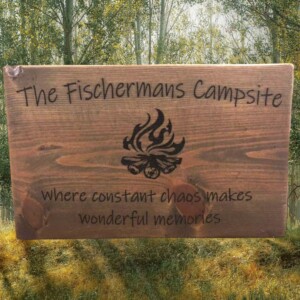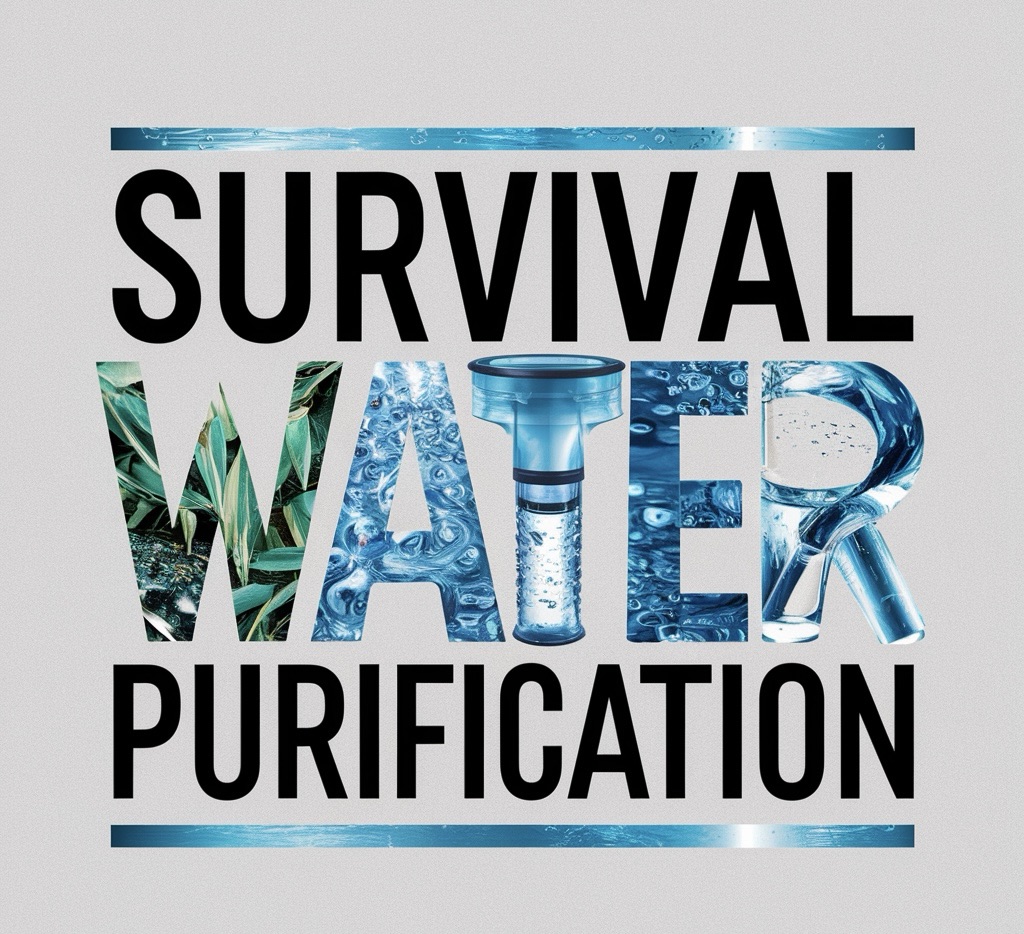
The Importance of Survival Water Purification
When you’re out in the wild, whether you’re hiking, camping, or dealing with a survival situation, there’s nothing more essential than clean drinking water. In the backcountry, you can’t just turn on a tap and expect clean, safe water to flow. That’s why survival water purification isn’t just a skill—it’s a necessity. The wild offers many beautiful and serene landscapes, but it also harbors water sources that can be contaminated with bacteria, parasites, and other harmful pathogens. Drinking untreated water is a gamble that could lead to serious health problems, and in a survival situation, getting sick is the last thing you need.
Over the years, I’ve learned that understanding how to purify water in the wild can make the difference between a successful adventure and a potentially dangerous situation. Whether you’re a seasoned survivalist or a weekend camper, knowing how to secure safe drinking water is a fundamental part of your outdoor skills toolkit. In this article, we’ll dive into essential survival water purification techniques, explore the best gear to have on hand, and discuss how to ensure your water is safe to drink, no matter where you are.
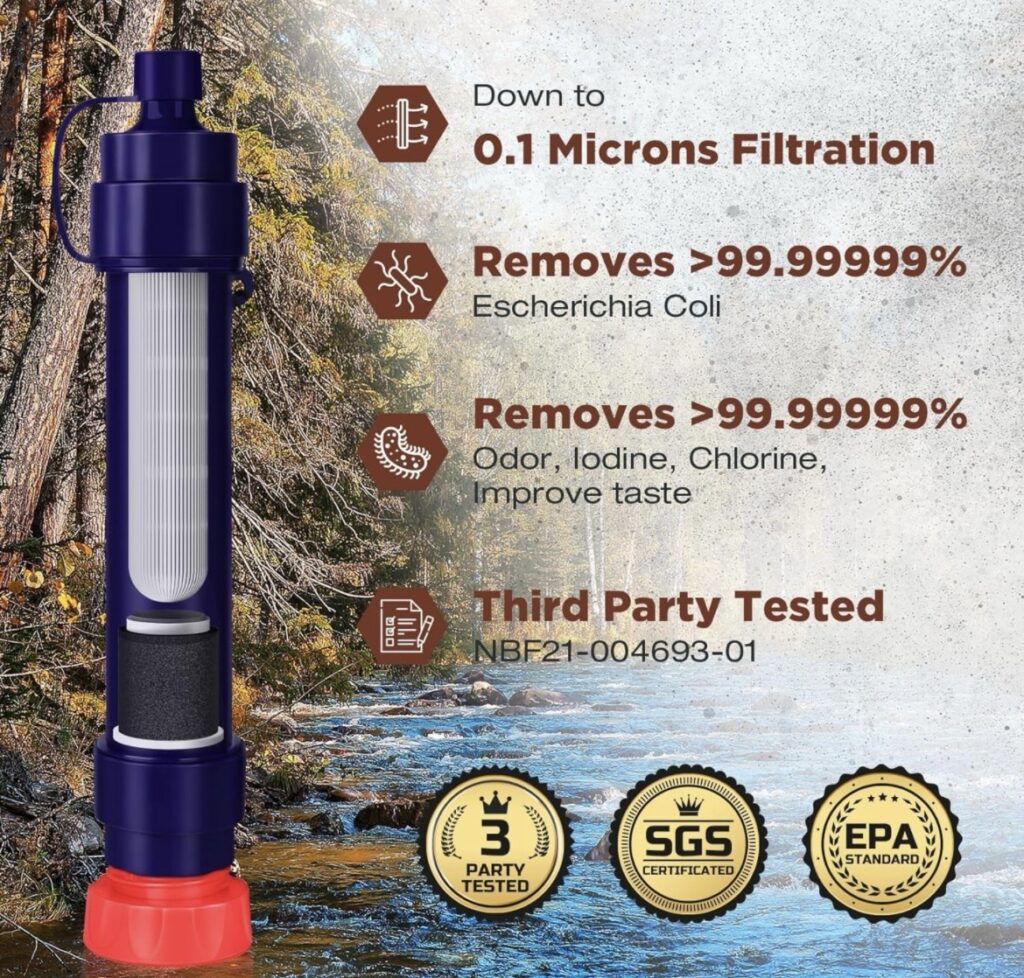
Why Purifying Water is Essential for Survival
When you’re out in the wilderness, water is everywhere—rivers, lakes, streams, and even puddles after a rainstorm. But just because water is available doesn’t mean it’s safe to drink. One of the first things I learned about survival water purification is that nature can be deceiving. Crystal-clear water might look safe, but it could be teeming with harmful microorganisms that you can’t see with the naked eye.
Common Contaminants in Natural Water Sources
- Bacteria: Pathogens like E. coli and Salmonella can thrive in natural water sources. Ingesting these can lead to severe gastrointestinal issues, which can be debilitating in a survival situation.
- Viruses: While less common in North American wilderness areas, viruses such as Hepatitis A and Norovirus can still be present in contaminated water, particularly in areas with high human activity.
- Parasites: Giardia and Cryptosporidium are two of the most common parasites found in wild water. These tiny organisms can cause severe diarrhea and dehydration, which can be life-threatening if you’re far from medical help.
- Chemical Contaminants: Industrial runoff, agricultural chemicals, and heavy metals can also contaminate water sources, especially near populated or farmed areas. These are harder to detect and can have long-term health effects.
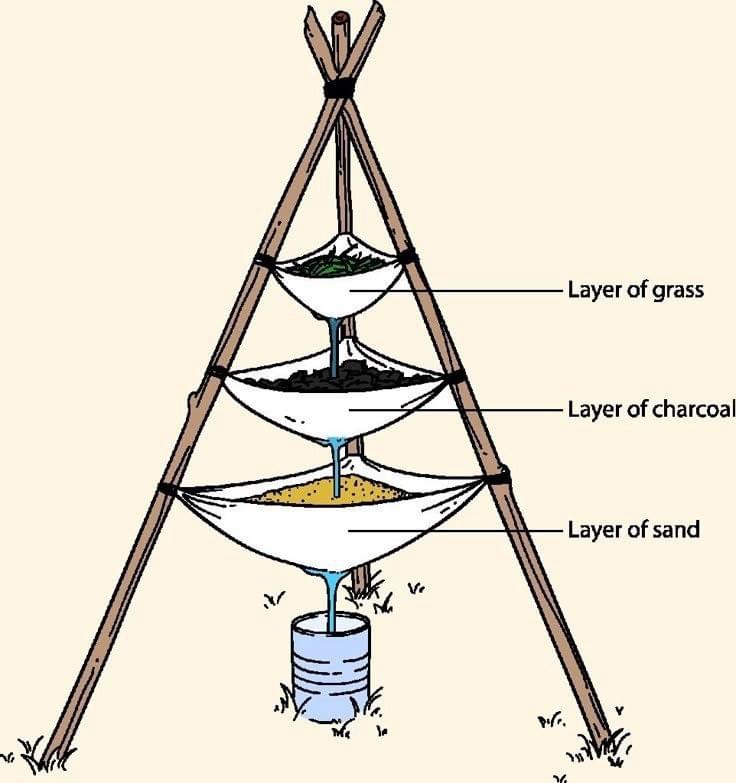
Health Risks of Drinking Untreated Water
The risks associated with drinking untreated water are significant. I’ve seen firsthand how quickly a fun outdoor adventure can turn serious when someone falls ill due to contaminated water. Even a small sip of water from a contaminated source can lead to symptoms like nausea, vomiting, diarrhea, and cramps. In a survival scenario, where staying hydrated and maintaining your strength is critical, getting sick from untreated water can reduce your chances of making it out safely.
This is why understanding and practicing survival water purification techniques is non-negotiable. It’s a skill that every outdoor enthusiast, hiker, or survivalist should master before heading into the wilderness.
While it’s important to know how to purify water without tools, having lightweight purification gear can be a lifesaver. For solo hikers, I recommend checking out some of the Best Lightweight Survival Gear to ensure you’re prepared without being bogged down by heavy equipment.
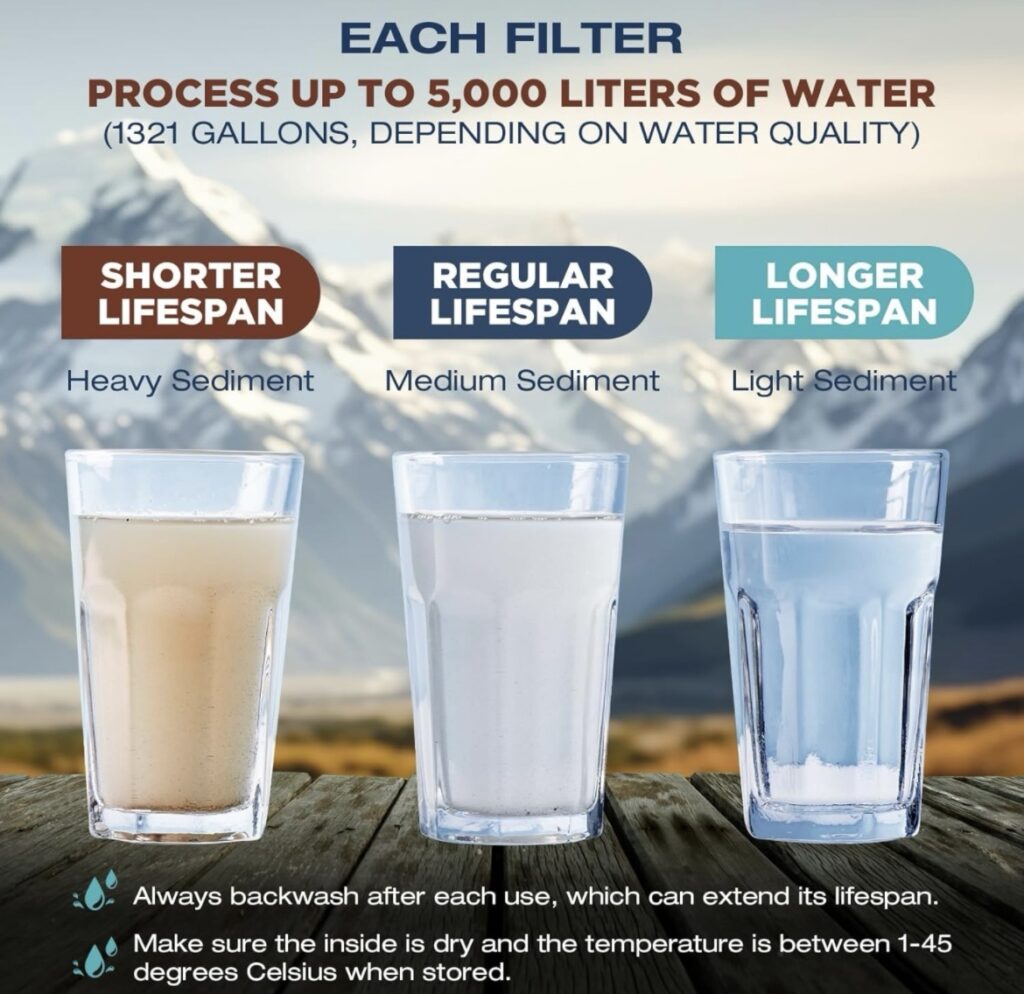
Natural Water Purification Techniques in the Wild
When you’re out in the wilderness without a filter, knowing how to purify water naturally can be a game-changer. Over the years, I’ve come to rely on several methods that are both effective and accessible, even when you’re miles away from the nearest supply store. Here are some of the most reliable survival water purification techniques you can use in the wild.
1. Boiling Water
- Why It Works: Boiling is one of the oldest and most reliable methods for purifying water. By bringing water to a rolling boil for at least one minute (or three minutes at higher altitudes), you can kill most pathogens, including bacteria, viruses, and parasites.
- How to Do It: All you need is a fire and a container to boil the water in. If you’ve packed a campfire cooking kit, you’re already halfway there. Simply fill your pot with water, place it over the fire, and wait until it reaches a rolling boil.
2. Solar Disinfection (SODIS)
- Why It Works: Solar disinfection, or SODIS, uses UV rays from the sun to kill harmful organisms in water. It’s a method endorsed by the World Health Organization, particularly for emergency situations.
- How to Do It: Fill a clear plastic bottle with water and place it in direct sunlight for at least six hours. The UV rays will penetrate the bottle and destroy bacteria and viruses. This method is best for small quantities of water and works well when you have plenty of sunlight.
3. Using Natural Filters
- Why It Works: Natural filtration methods can remove debris, dirt, and some pathogens, making the water clearer and safer to drink. While this method doesn’t kill bacteria or viruses, it’s a good first step before boiling or using another purification technique.
- How to Do It: You can create a simple filter by layering sand, gravel, and charcoal in a cloth or container. Pour the water through this makeshift filter to remove larger particles. This method works well in combination with boiling or other purification methods.
4. Plants and Tree Roots
- Why It Works: Some plants and tree roots have natural filtering properties that can help purify water. While not as effective as boiling or solar disinfection, this method can be useful in a pinch.
- How to Do It: Willow tree roots, for example, have been traditionally used to filter water. Simply dig up some roots, place them in a container, and pour water over them. The roots will absorb and filter out some impurities.
These natural methods of survival water purification are invaluable when you’re in the wild and need to secure safe drinking water. However, they’re not foolproof, and I always recommend combining these techniques for the best results. For example, filtering water through natural materials and then boiling it is an excellent way to ensure it’s safe to drink.
And if you’re planning to cook over a campfire while you’re out there, having the right gear can make all the difference. I’ve found that a Campfire Cooking Kit not only makes cooking easier but also gives you the tools you need to purify water efficiently.

When you’re out in the wild, having reliable water purification tools is essential. The Membrane Solutions Water Filter Straw is a compact, easy-to-use filter that ensures you can access safe drinking water from nearly any natural source. Whether you’re hiking, camping, or facing a survival situation, this filter is a must-have for your gear. Don’t wait until you’re in a tough spot—equip yourself with the tools you need to stay hydrated and healthy. Grab your Membrane Solutions Water Filter Straw today and be prepared for whatever the wilderness throws your way.
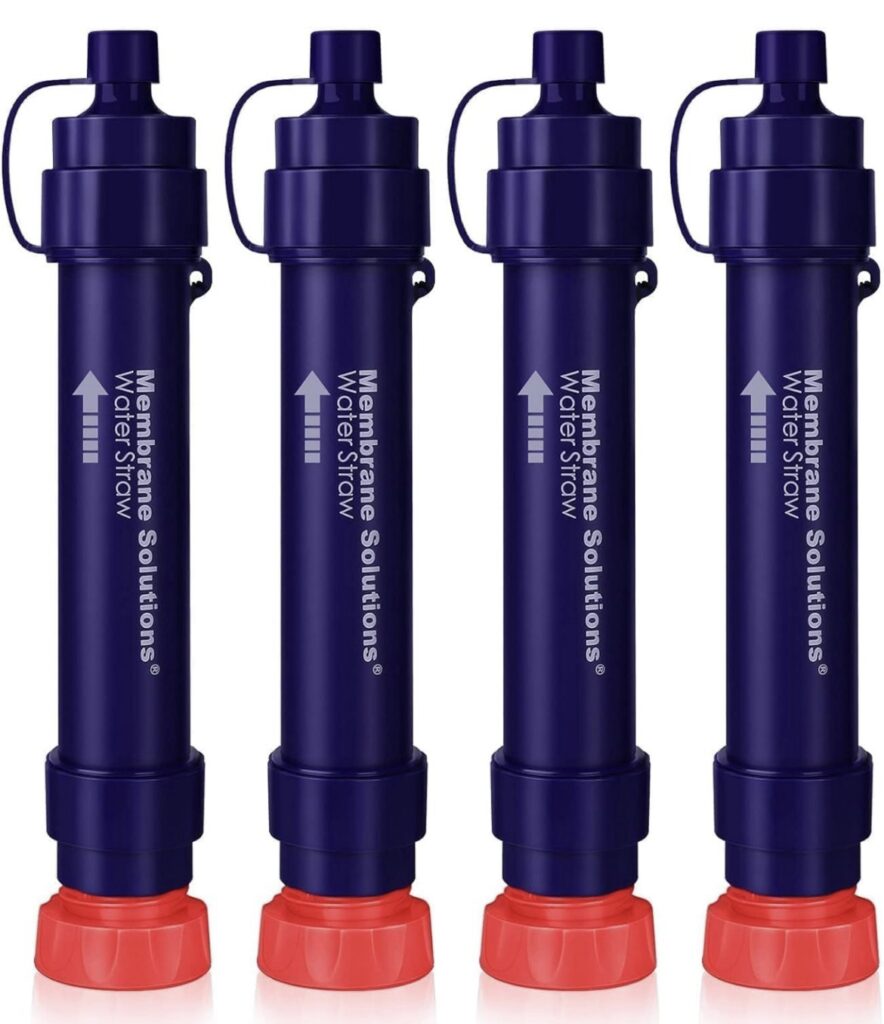
Why Are Portable Water Filters Essential for Survival?
When you’re deep in the wilderness, relying solely on natural methods for survival water purification can be time-consuming and sometimes risky if you’re unsure of the water source. This is where portable water filters come in handy. These lightweight, easy-to-use tools can be the difference between safe hydration and potential illness.
How Do Portable Water Filters Work?
Portable water filters are designed to remove contaminants from water by forcing it through a series of fine membranes. These membranes trap bacteria, protozoa, and other harmful microorganisms, allowing only clean water to pass through. Most portable filters are effective at removing debris, bacteria, and parasites, making them an invaluable tool in survival situations.
What Types of Portable Water Filters Should You Consider?
- Straw Filters: Straw filters, like the Membrane Solutions Water Filter Straw, are one of the most popular options for hikers and survivalists. These filters are incredibly lightweight and easy to use—simply place the straw directly into the water source and drink through it. They’re effective at filtering out bacteria and parasites, and because they’re so portable, they’re perfect for on-the-go use.
- Pump Filters: Pump filters are another excellent option. They work by manually pumping water through the filter, which is great when you need to purify larger quantities of water. While they’re a bit bulkier than straw filters, they’re still relatively lightweight and easy to pack.
- Gravity Filters: Gravity filters allow you to set up a system where gravity pulls water through the filter, which can be useful when you need to purify water while setting up camp. They’re more hands-off compared to pump filters but take a bit longer to process the water.
What Are the Advantages of Portable Water Filters?
- Portability: One of the biggest advantages of portable water filters is their lightweight design. This makes them easy to carry, whether you’re hiking, camping, or preparing for an emergency.
- Ease of Use: Most portable filters are straightforward to use, requiring little to no setup. This is crucial in survival situations where time and resources may be limited.
- Effective Purification: While natural methods of purification are valuable, portable filters provide an additional layer of protection, ensuring that you can safely drink from almost any water source.
In my experience, having a reliable portable water filter is one of the best ways to ensure you stay hydrated and healthy in the wild. Whether you’re on a short hike or a long-term survival mission, these filters can save you a lot of time and effort, allowing you to focus on other important survival tasks.
For those who are serious about preparedness, I recommend looking into the Membrane Solutions Water Filter Straw. It’s a versatile, high-quality filter that’s become a staple in my own survival gear.

Should You Combine Water Purification Methods in Survival Situations?
In a survival scenario, relying on just one method of survival water purification might not always be enough. When you’re dealing with potentially contaminated water, it’s often best to combine multiple purification techniques to ensure the water is safe to drink. But when should you layer these methods, and how do you do it effectively?
Why Combine Water Purification Methods?
- Increased Safety: Combining methods, such as filtering and then boiling water, provides an added layer of protection. While a portable filter is excellent for removing bacteria and parasites, boiling water afterward ensures that any remaining pathogens, particularly viruses, are killed.
- Handling Heavily Contaminated Water: If you suspect the water source is heavily polluted—maybe it’s near agricultural runoff or a popular camping site—layering methods can help reduce the risk of chemical contaminants and other pollutants that might slip through a single purification method.
- Peace of Mind: In a survival situation, peace of mind is invaluable. Knowing that you’ve done everything possible to purify your water can help you stay focused and reduce stress, which is crucial when you’re trying to make smart decisions in a high-pressure environment.
How to Combine Water Purification Techniques Effectively
- Step 1: Pre-Filter for Debris: Start by filtering out large debris and particles using a cloth, bandana, or natural filter like sand and gravel. This makes the next steps more effective.
- Step 2: Use a Portable Water Filter: After pre-filtering, use a portable water filter like the Membrane Solutions Water Filter Straw to remove bacteria, protozoa, and parasites from the water.
- Step 3: Boil the Water: Once you’ve filtered the water, bring it to a rolling boil for at least one minute (or three minutes at higher altitudes). This will kill any remaining viruses and ensure that the water is safe to drink.
- Step 4: Consider Chemical Treatment: For additional safety, especially in areas with potential chemical contamination, consider using water purification tablets or drops after boiling the water.
When Should You Layer Purification Methods?
- Uncertain Water Sources: If you’re unsure about the cleanliness of a water source—say, it’s a murky river or a pond near a campsite—layering methods is a smart choice.
- Emergency Situations: In emergency scenarios where you need to ensure your water is as clean as possible, combining methods can help reduce the risk of illness.
- Long-Term Survival: If you’re in a long-term survival situation, layering methods can help conserve resources while ensuring your water supply remains safe over time.
Combining water purification methods is a key strategy in survival situations. It’s all about stacking the odds in your favor and making sure that every drop of water you drink is as safe as possible.
As you prepare for your next outdoor adventure, it’s also important to think about other aspects of survival, like food storage and safety. If you’re camping in bear country, for example, check out How to Safely Store Food in Bear Country for tips on keeping your food (and yourself) safe from curious wildlife.
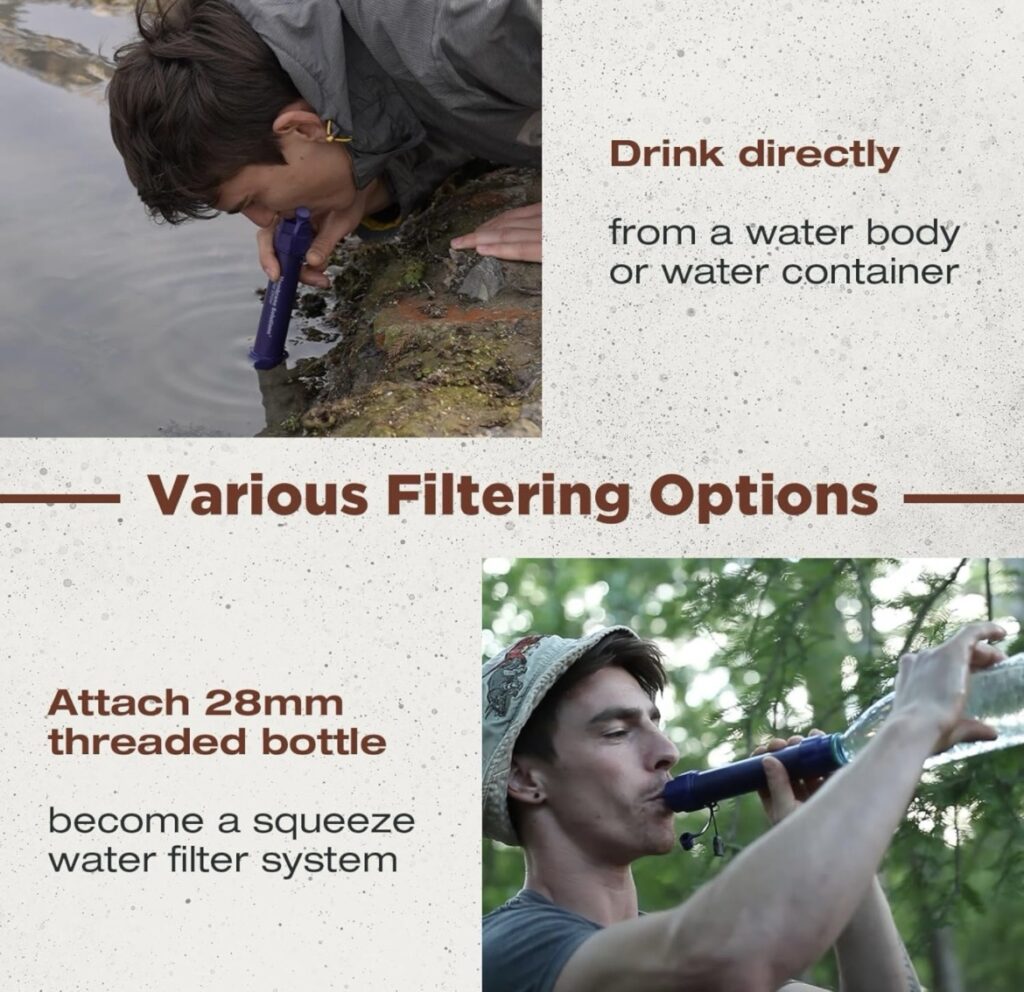
What Are the Essential Gear Items for Water Purification in the Wild?
When you’re preparing for an outdoor adventure or a survival situation, having the right gear can make all the difference. Survival water purification isn’t just about knowing the techniques—it’s also about having the tools that make those techniques effective and efficient. Let’s dive into the essential gear you should consider packing for your next trip into the wild.
What Portable Water Filters Should You Have?
- Membrane Solutions Water Filter Straw: One of the most reliable tools in your survival kit should be a portable water filter, and the Membrane Solutions Water Filter Straw is a top choice. It’s compact, lightweight, and capable of filtering up to 5,000 liters of water, removing bacteria, parasites, and microplastics. This straw filter is easy to use and can be a literal lifesaver when you’re miles away from a clean water source.
- Pump and Gravity Filters: If you’re traveling with a group or expect to purify larger quantities of water, consider a pump or gravity-fed filter. These systems can process more water at once and are particularly useful for setting up a base camp where everyone needs access to safe drinking water.
What Other Water Purification Tools Should You Consider?
- Water Purification Tablets: While not a replacement for filtering or boiling, purification tablets are an excellent backup option. They’re lightweight, take up almost no space, and can be a quick way to ensure your water is safe to drink when you don’t have time to boil it or when you’re unsure about the effectiveness of your filter.
- Collapsible Water Containers: Storing purified water is just as important as the purification process itself. Collapsible water containers are lightweight and can be easily packed, allowing you to store water safely after it’s been purified. This is especially important when you’re on the move and need to carry a supply of clean water with you.
- Multi-Use Tools: In a survival situation, it’s always a good idea to have tools that can serve multiple purposes. A survival knife, for instance, can help you create a natural filter, prepare food, and even signal for help. Look for gear that adds value to your pack without adding unnecessary weight.
Why Does Quality Matter in Survival Gear?
Investing in high-quality survival gear is crucial because your life could literally depend on it. Cheap, poorly made filters or containers can fail when you need them most, leaving you in a dangerous situation. When it comes to survival water purification, quality gear ensures that your methods are effective, your water is safe, and you’re prepared for the unexpected.
For those who are serious about being prepared, I recommend checking out The Best Gear for Outdoor Adventures. It’s packed with recommendations for high-quality, reliable gear that can handle the demands of the wild.
Having the right gear on hand makes all the difference when you’re out in nature. Whether it’s a portable water filter, purification tablets, or reliable containers, investing in the best tools ensures that you’re ready for whatever comes your way.

How Can You Prepare for Long-Term Survival Water Purification?
When it comes to long-term survival situations, ensuring a steady supply of clean drinking water becomes even more critical. While short-term solutions like portable filters and boiling are effective, they may not be sustainable over extended periods. Here’s how to set up long-term survival water purification methods that will keep you hydrated and healthy in the wild.
What Long-Term Water Purification Methods Should You Use?
- Building a Slow Sand Filter: Slow sand filters are one of the most effective long-term purification systems you can create with natural materials. This method involves filtering water through layers of sand, gravel, and activated charcoal. Over time, beneficial bacteria develop in the sand layer, which helps break down harmful pathogens. It’s a sustainable and low-maintenance option if you’re planning to stay in one location for an extended period.
- Solar Still: A solar still is a simple yet effective way to purify water using the sun’s energy. By digging a hole in the ground, placing a container in the center, and covering the hole with plastic, you can capture evaporated water as it condenses on the plastic and drips into the container. This method is excellent for producing clean water in areas where traditional water sources are limited or contaminated.
- Rainwater Harvesting: If you’re in an area that receives regular rainfall, setting up a rainwater harvesting system is an efficient way to collect and purify water. Use tarps, plastic sheets, or even leaves to direct rainwater into a clean container. While rainwater is generally safe, it’s still a good idea to filter or boil it before drinking, especially if the collection surface isn’t clean.
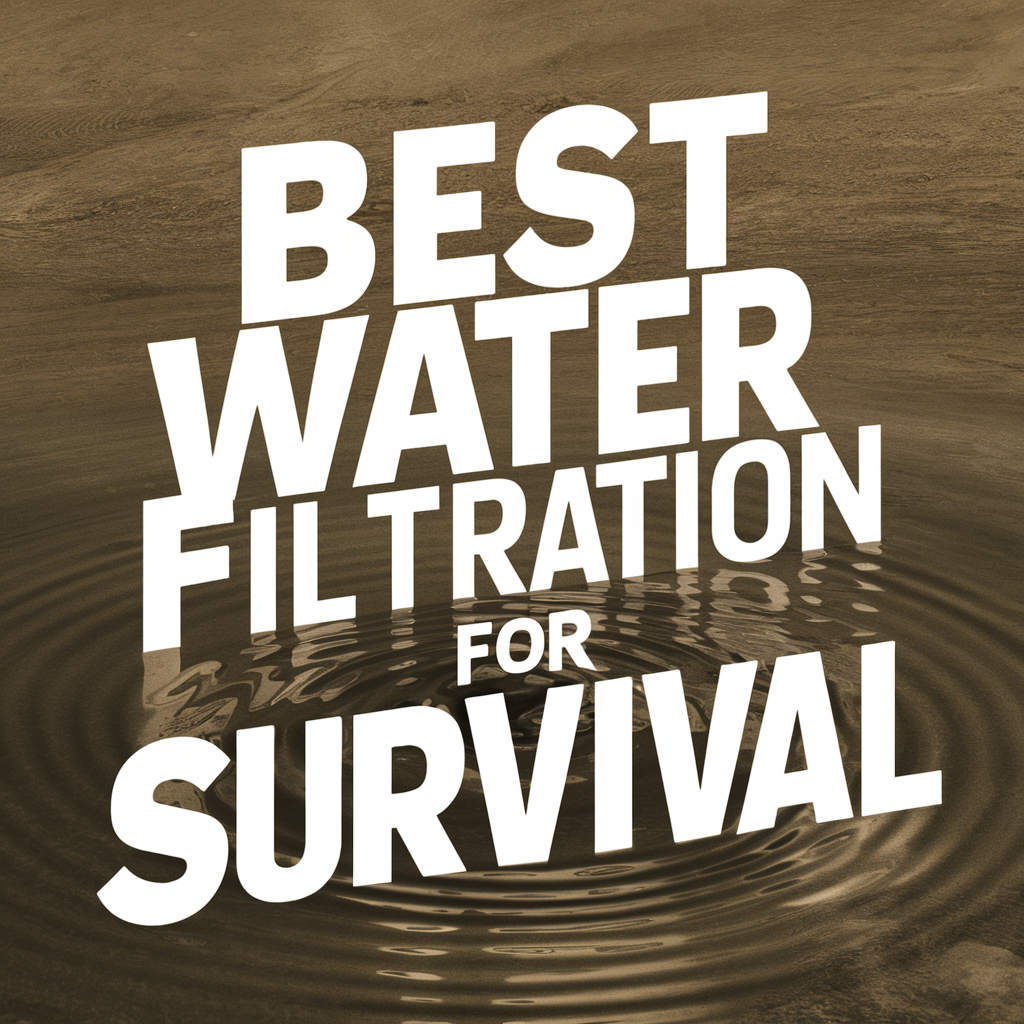
How to Prepare for Extended Stays in the Wild
- Stock Up on Purification Supplies: Ensure you have enough purification tablets, portable filters, and containers to last the duration of your stay. It’s also wise to have backups in case your primary tools fail.
- Maintain Your Equipment: Long-term use requires diligent maintenance of your gear. Clean your filters regularly, check for wear and tear, and replace any parts as needed to ensure everything works when you need it.
- Sustainable Practices: Embrace sustainable practices that minimize waste and make the most of your resources. For instance, reusing purified water for cooking and cleaning can help conserve your supply.
Why Is Planning Ahead Important?
Planning for long-term survival water purification means thinking ahead and being proactive. If you know you’ll be in a remote area for an extended period, having a plan in place for water purification can prevent panic and ensure that you stay hydrated and healthy. This kind of preparation is vital not just for survivalists but for anyone who spends significant time in the outdoors.
For a more in-depth look at preparing for long-term survival scenarios, consider reading up on Why Anchovy Paste Should Be in Every Prepper’s Pantry. While it might seem unrelated, understanding how to sustain yourself with essential supplies is a critical aspect of survival, much like ensuring you have access to clean water.
By setting up these long-term purification systems and maintaining your gear, you can ensure that you have a reliable source of clean water, no matter how long you’re out in the wild.

Be Prepared for Anything with Effective Survival Water Purification
When you’re out in the wild, clean water is your most vital resource. Knowing how to purify water effectively can mean the difference between life and death in a survival situation. From using natural methods like boiling and solar disinfection to relying on essential gear like portable water filters, mastering survival water purification is an indispensable skill for anyone who spends time outdoors.

As we’ve explored, it’s crucial to understand the risks of untreated water, the benefits of combining purification methods, and how to prepare for both short-term and long-term survival scenarios. Whether you’re planning a weekend hike or preparing for a more extended stay in the wilderness, having the right tools and knowledge ensures that you’ll always have access to safe drinking water.
Don’t wait until you’re in a challenging situation to think about water purification. Equip yourself with the right gear, such as the Membrane Solutions Water Filter Straw, and familiarize yourself with the techniques discussed in this guide. By being proactive, you can enjoy your time in nature with the confidence that you’re well-prepared for whatever comes your way.
Remember, clean water is the cornerstone of survival. Take the time to prepare, learn, and equip yourself with the tools you need to stay safe and hydrated on your adventures.

As an Amazon Associate we earn from qualifying purchases through some links in our articles.



